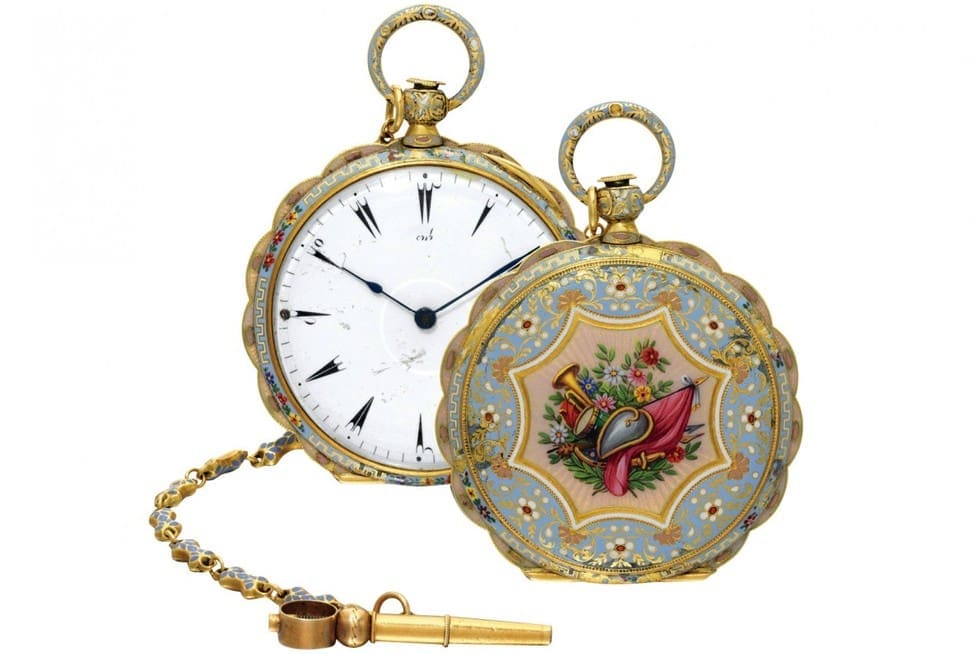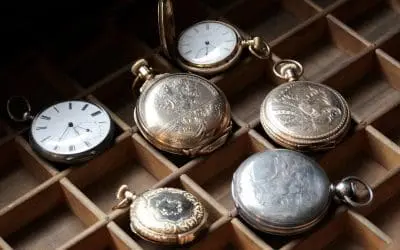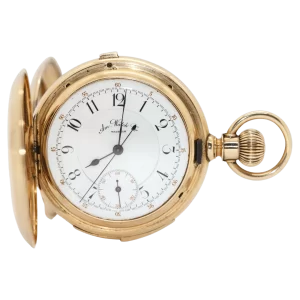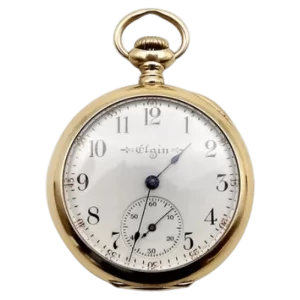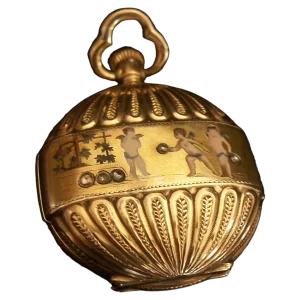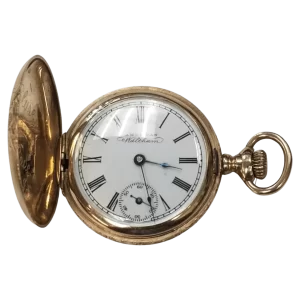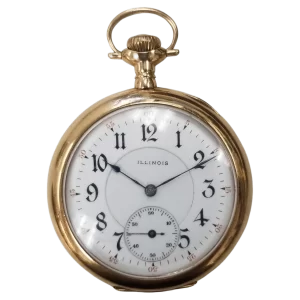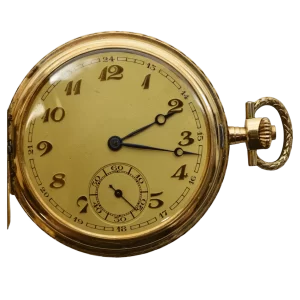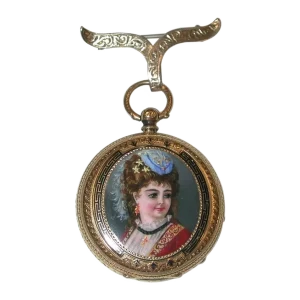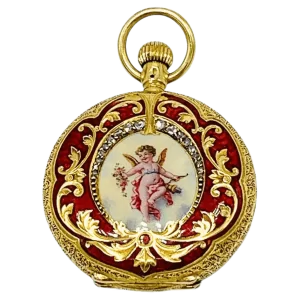Antique pocket watches embody a timeless elegance and sophistication that has captivated watch enthusiasts and collectors for generations. These vintage timepieces boast intricate detailing and craftsmanship that showcase the skill and artistry of their makers, and offer a rich history of timekeeping and watchmaking. In this blog post, we will explore the artistry and craftsmanship of antique pocket watches, from their design and functionality to their investment potential and restoration best practices.
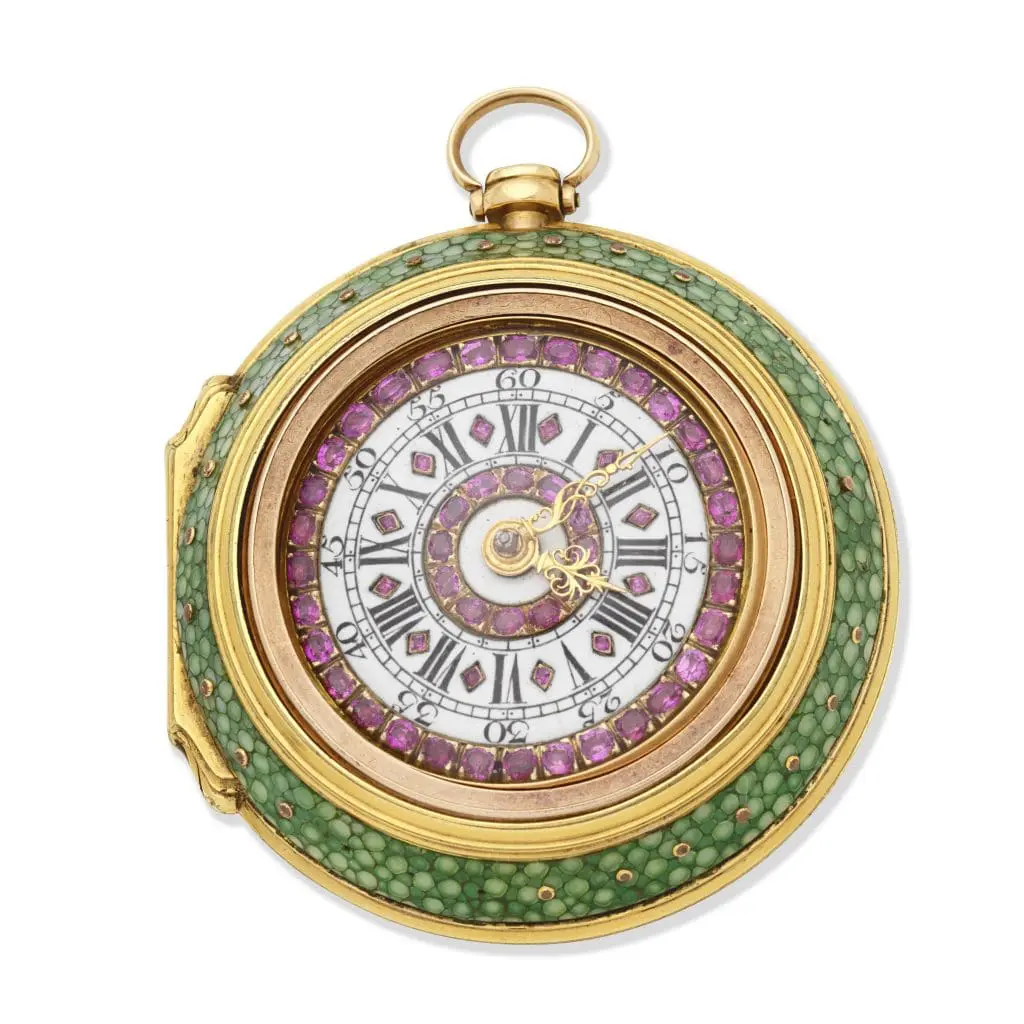
The Timeless Beauty and Elegance of Antique Pocket Watches
Antique pocket watches embody a classic and sophisticated style that never goes out of fashion. These elegant timepieces represent an era of craftsmanship and artistry that is often lost in modern watchmaking. From the intricately detailed dials to the carefully crafted cases, antique pocket watches offer a glimpse into the past and offer a sense of nostalgia that cannot be replicated by modern watches.
What sets antique pocket watches apart from modern timepieces is the quality of the materials used and the level of attention to detail invested in each watch. The movement of an antique pocket watch is a complex and delicate mechanism that was painstakingly handcrafted. The materials used to make these watches were often of the highest quality and featured intricate designs that were ornate and highly decorative.
The beauty of antique pocket watches lies in their timeless appeal. These watches have a classic look that never goes out of style, and can be worn with any outfit or on any occasion. The intricate detailing on these watches is a testament to the skill and artistry of their makers, and each watch is a unique work of art that reflects the style and sensibilities of the time in which it was made.
Uncovering the Rich History Behind Antique Pocket Watches
Antique pocket watches offer a fascinating glimpse into the history of timekeeping and watchmaking. These vintage timepieces were often made by highly skilled artisans who took great pride in their craft. The development of the pocket watch was a significant milestone in horology, as it allowed people to carry a timepiece with them wherever they went.
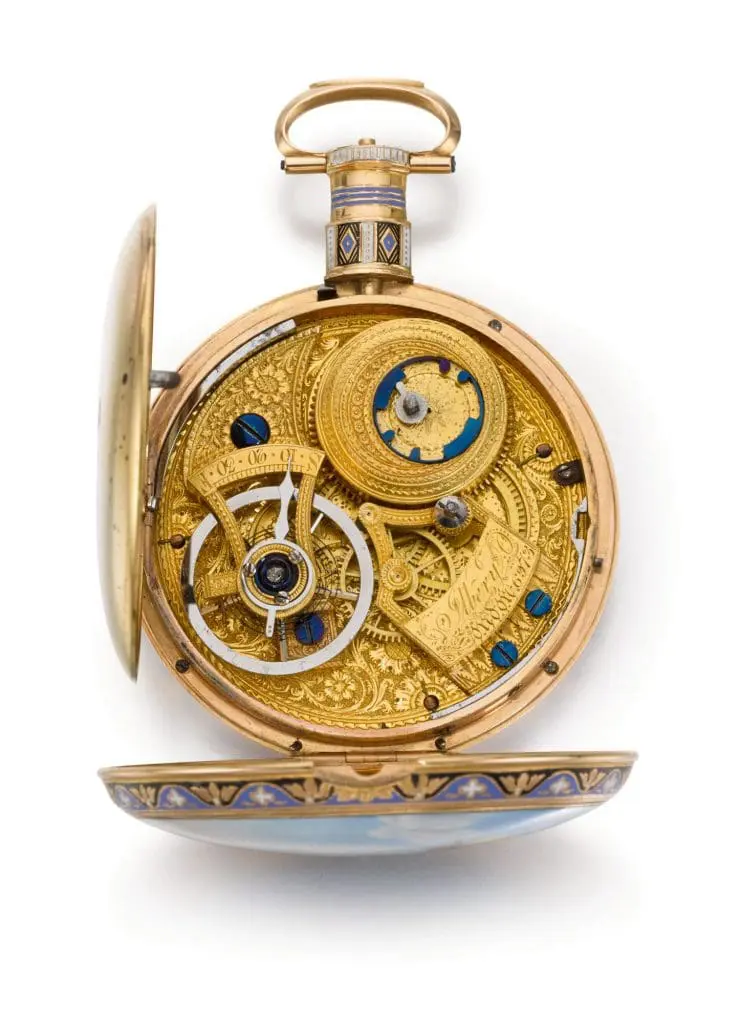
The Hallmarks of the Era
One of the most interesting aspects of antique pocket watches is their ability to provide valuable insight into the social and cultural influences of the time. Watches made during the Victorian era, for example, were often highly ornate and decorated with intricate scrollwork and enamel. In contrast, watches produced during World War I tended to be more functional and utilitarian in design. By studying the hallmarks and design elements of a vintage pocket watch, collectors can gain a deeper understanding of the historical context in which it was made.
The Rise of the Watchmaker
Antique pocket watches were made during a time when watchmaking was emerging as a significant industry. In the late 18th and early 19th centuries, Swiss watchmakers began to refine their craft, developing the precision timekeeping mechanisms that are still used in watches today. As the demand for watches increased, production methods became more streamlined, and the watch industry grew into a global phenomenon.
The Legacy of Antique Pocket Watches
Today, antique pocket watches are cherished by collectors and watch enthusiasts for their beauty, craftsmanship, and historical significance. They represent a bygone era of watchmaking, when skill and artistry were prized above all else. By studying antique pocket watches and their rich history, we can gain a greater appreciation for the traditions and techniques of watchmaking, and the enduring legacy of these timepieces.
Evaluating the Quality and Authenticity of Antique Pocket Watches
When evaluating the quality and authenticity of an antique pocket watch, there are several factors to consider:
The Movement
The movement refers to the internal mechanisms of the watch, including the gears, springs, and escapements. A high-quality movement will be precise, durable, and smooth, with well-crafted components and minimal wear.
The Materials
The quality of the materials used in an antique pocket watch can have a significant impact on its value and authenticity. High-end pocket watches were typically made with precious metals like gold or silver, while lower-end models were often made with brass or nickel. The quality of the case, crystal, and other parts should also be assessed.
The Condition
The condition of the watch is another important factor to consider. Signs of wear and damage, including scratches, dents, and repaired parts, can reduce its value. However, some collectors may value the character and history of well-worn watches, so it ultimately depends on personal preference.
The Authenticity
The authenticity of an antique pocket watch can be determined through a combination of factors, including its markings, hallmarks, and serial numbers. In addition, the design elements and manufacturing techniques used during different time periods can also provide clues to its authenticity. Working with a trusted appraiser or watch expert can help collectors to identify fake or altered vintage watches.
Overall, evaluating the quality and authenticity of an antique pocket watch requires a discerning eye and expertise in watchmaking history and techniques. By carefully assessing these factors, collectors can build a collection of valuable and authentic vintage timepieces.
Restoration of Antique Pocket Watches: Techniques and Best Practices
Restoring antique pocket watches is a complex process that requires both technical expertise and artistic skill. To preserve the authenticity and value of the watch, it’s important to follow best practices and use appropriate techniques.
Cleaning and Polishing
The first step in restoring a vintage pocket watch is cleaning and polishing the exterior. This involves removing any dirt, grime, or tarnish that has accumulated over the years. Using a soft cloth and gentle cleaning solution, the visible surfaces of the watch, including the case, dial, and hands can be cleaned.
Polishing can restore the shine and lustre to the metal parts of the watch. This should be done carefully and sparingly to avoid damaging the surface. Specialized polishing tools and techniques may be used depending on the specific watch and extent of the damage.
Repairing Damaged Parts
The next step in restoration is repairing any damaged parts of the watch. This may include fixing the crystal, replacing missing or broken screws, or repairing a damaged dial or crown. A skilled watchmaker with experience in antique pocket watches will have the expertise to carry out these repairs using specialized tools and techniques.
Mechanical Restoration
The movement and gears of the vintage pocket watch require special attention during restoration. The movement must be taken apart and cleaned, and any worn or damaged parts must be replaced. The watch’s mainspring may also need to be restored or replaced, depending on its condition.
Restoration of the movement requires a deep knowledge of the mechanics and engineering involved in the watch’s design. This is not a task for amateurs or hobbyists, as improper handling of the movement can cause permanent damage to the watch.
Preserving Authenticity
During restoration, it’s important to preserve the authenticity of the watch. This means using appropriate restoration techniques and materials that do not alter the original appearance or functionality of the watch. The use of original parts or period-appropriate replacements is also a consideration for maintaining authenticity.
A skilled and experienced restorer will understand how to balance restoration with preservation to ensure the watch retains its original beauty, function and value.
Note: Restoration should only be carried out by qualified, experienced professionals who understand the unique challenges of working with antique pocket watches.
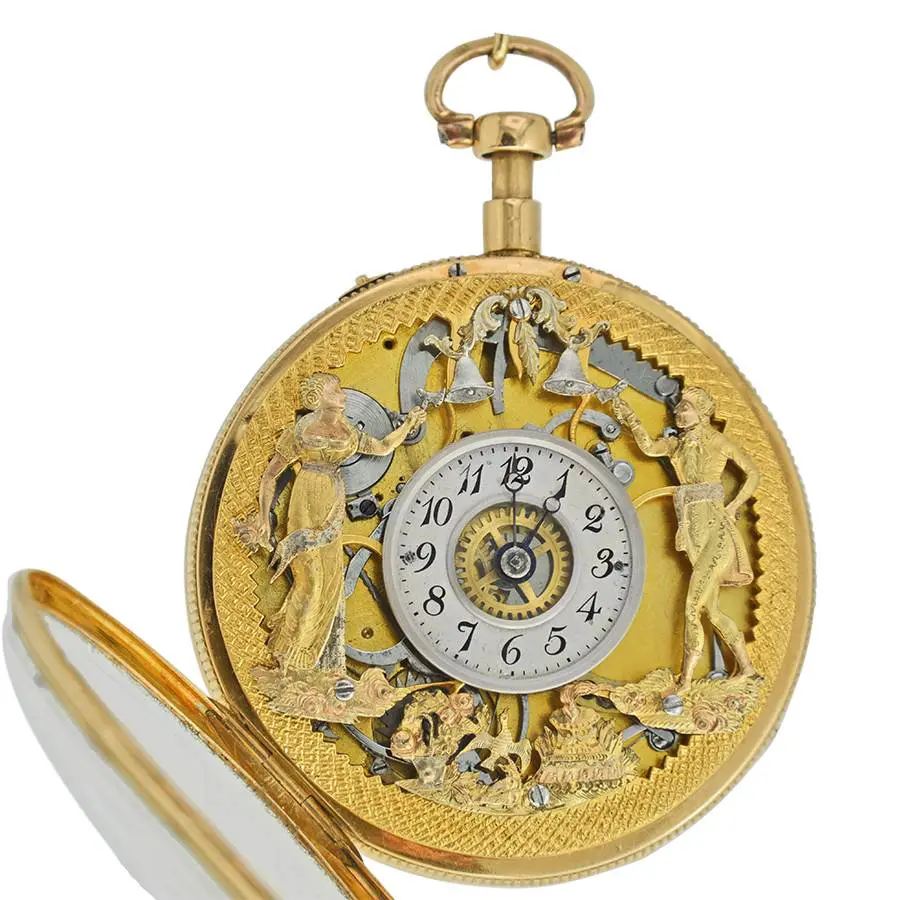
The Value and Investment Potential of Antique Pocket Watches
Antique pocket watches can hold significant value and investment potential, particularly rare or historically significant pieces. Factors such as the watch’s brand, condition, and provenance can all affect its value on the collectors’ market.
Collectors should consider the long-term investment potential of a vintage pocket watch before adding it to their collection. It’s important to keep in mind that the value of antique pocket watches can fluctuate over time, so it’s crucial to do thorough research and seek out expert advice to make informed investment decisions.
At auctions and collectors’ markets, antique pocket watches that once sold for modest prices can now fetch tens or even hundreds of thousands of dollars. However, it can be difficult to predict which pieces will hold their value over time, so investing in antique pocket watches should be done with caution.
Ultimately, the value of a vintage pocket watch may go beyond financial gain, as many collectors appreciate these timepieces for their beauty, history, and craftsmanship. Investing in antique pocket watches can serve as a way to carry on their legacy, preserving a piece of history for future generations to enjoy.
Admiring the Intricate Design and Functionality of Antique Pocket Watches
Antique pocket watches are not only remarkable timekeeping devices, but also stunning works of art. Each watch is a testament not only to the skill and artistry of watchmakers of the past but also to their ingenuity and creativity.
The ornate design details on the watch face are particularly impressive. Minute details such as engravings, color, and placement of the numbers represent the creativity and skill of the watchmaker. For example, a watch may exhibit a miniature painting or intricate detailing on the enamel dial and hands.
The intricate mechanical movements inside the watch are also a marvel to behold. From the precision of the gears and cogs to the way each component interacts with one another, there is a level of detail in the interior mechanics that is difficult to fathom. Watch enthusiasts and collectors are often mesmerized by the unique and intricate design of each antique pocket watch.
Even the cases of antique pocket watches are made with remarkable skill and artistry. Some are crafted from precious metals such as gold or silver, while others can have intricate designs and engravings. The craftsmanship and time that goes into making each case is truly impressive.
Overall, antique pocket watches are a spectacular display of both art and functionality that continue to inspire admiration and fascination to this day. Collectors and watch enthusiasts alike marvel at the intricate design and mechanics of these timepieces, finding value and appreciation in their unique and timeless beauty.
Collecting Antique Pocket Watches: Tips and Strategies for Building Your Collection
Building a collection of antique pocket watches can be a rewarding and fascinating hobby. Here are some tips and strategies for starting or expanding your collection:
- Set a budget: Determine how much you’re willing to spend on each watch, and stick to it. Keep in mind that the rarest and most desirable antique pocket watches can be very expensive, so be prepared to invest if you want top-quality pieces.
- Learn about different brands and styles: Study the history of watchmaking and familiarize yourself with the different styles and designs of antique pocket watches. This will help you identify pieces that are of particular interest to you.
- Seek out expert advice: Attend watch fairs and auctions, and seek out advice from experts in the field. They can help you identify pieces that are undervalued or have investment potential.
- Collect for personal enjoyment: Collecting antique pocket watches should be a personal pursuit, rather than solely an investment strategy. Focus on pieces that speak to your individual interests and passions.
- Observe and research: Take your time when evaluating a potential purchase, and research the watch’s history and provenance. Look for signs of authenticity, such as hallmarks or maker’s marks.
- Consider the condition: The condition of an antique pocket watch can greatly affect its value. Look for pieces that have been well-maintained or restored by professional watchmakers.
- Display your collection: Once you’ve built a collection of antique pocket watches, consider displaying them in a secure and attractive way. This will allow you to enjoy and appreciate your collection, and may also attract other collectors or enthusiasts.
Remember that collecting antique pocket watches is a journey, not a destination. Enjoy the process of discovering new pieces and learning about the history and craftsmanship of these timeless timepieces.
Conclusion
Antique pocket watches are not just timekeeping devices, but rather works of art that showcase the artistry and craftsmanship of their makers. They offer a glimpse into history and provide collectors with the opportunity to own a piece of the past. Evaluating the quality and authenticity of vintage watches can be challenging, but working with reputable appraisers and restoration experts can help ensure collectors invest wisely. Whether you are a seasoned collector or just starting out, antique pocket watches are sure to provide endless fascination and timeless elegance.

